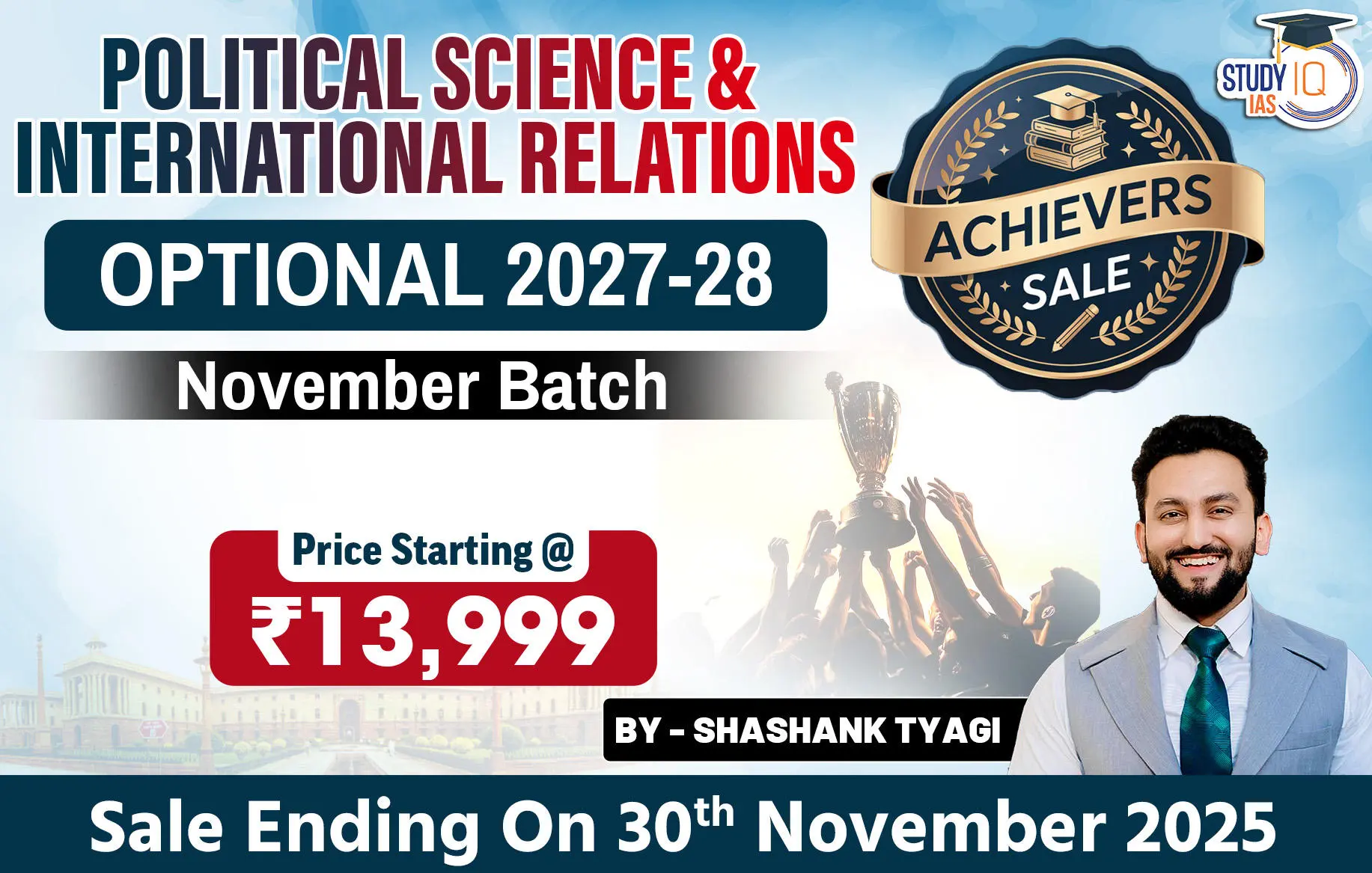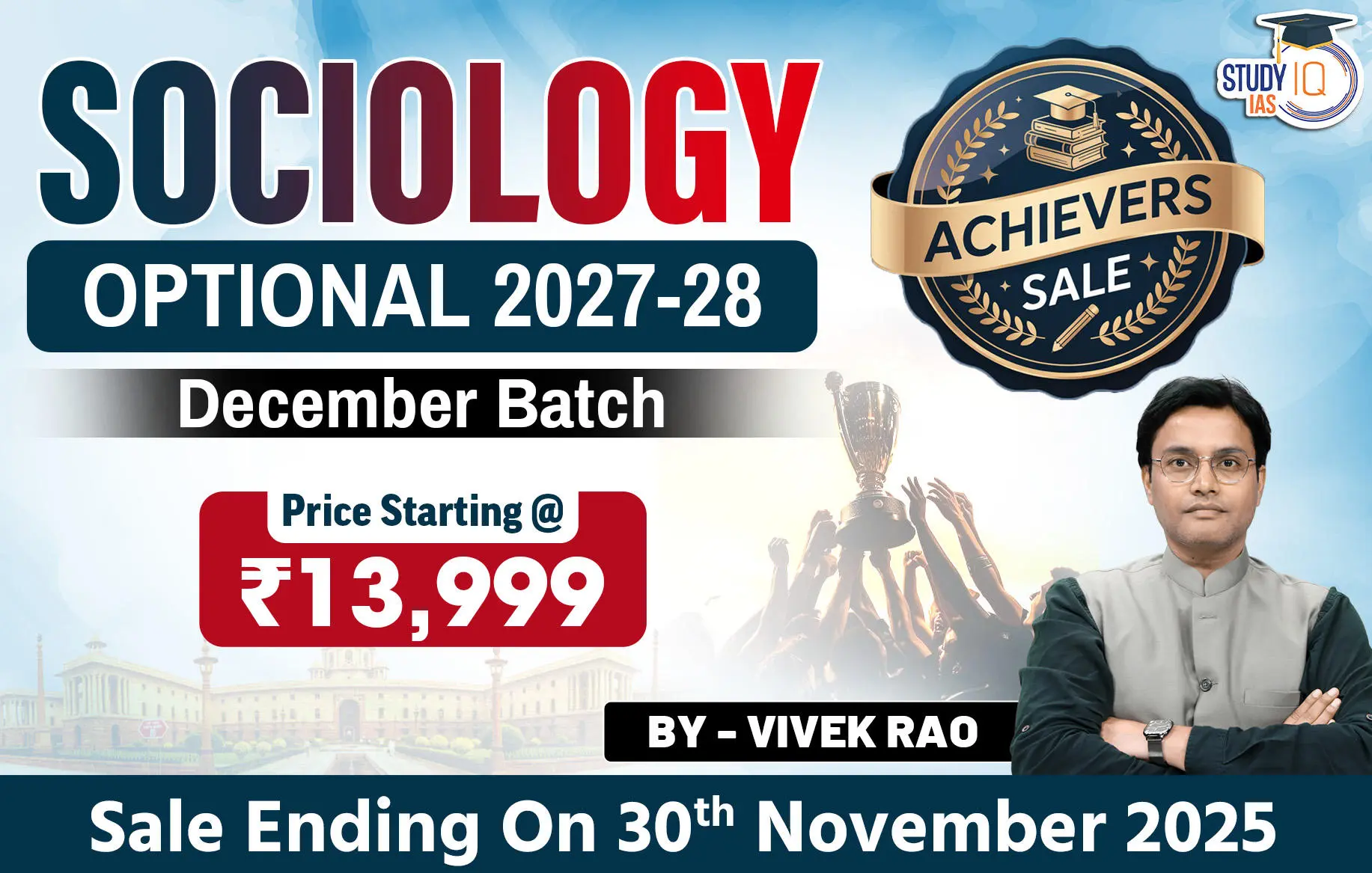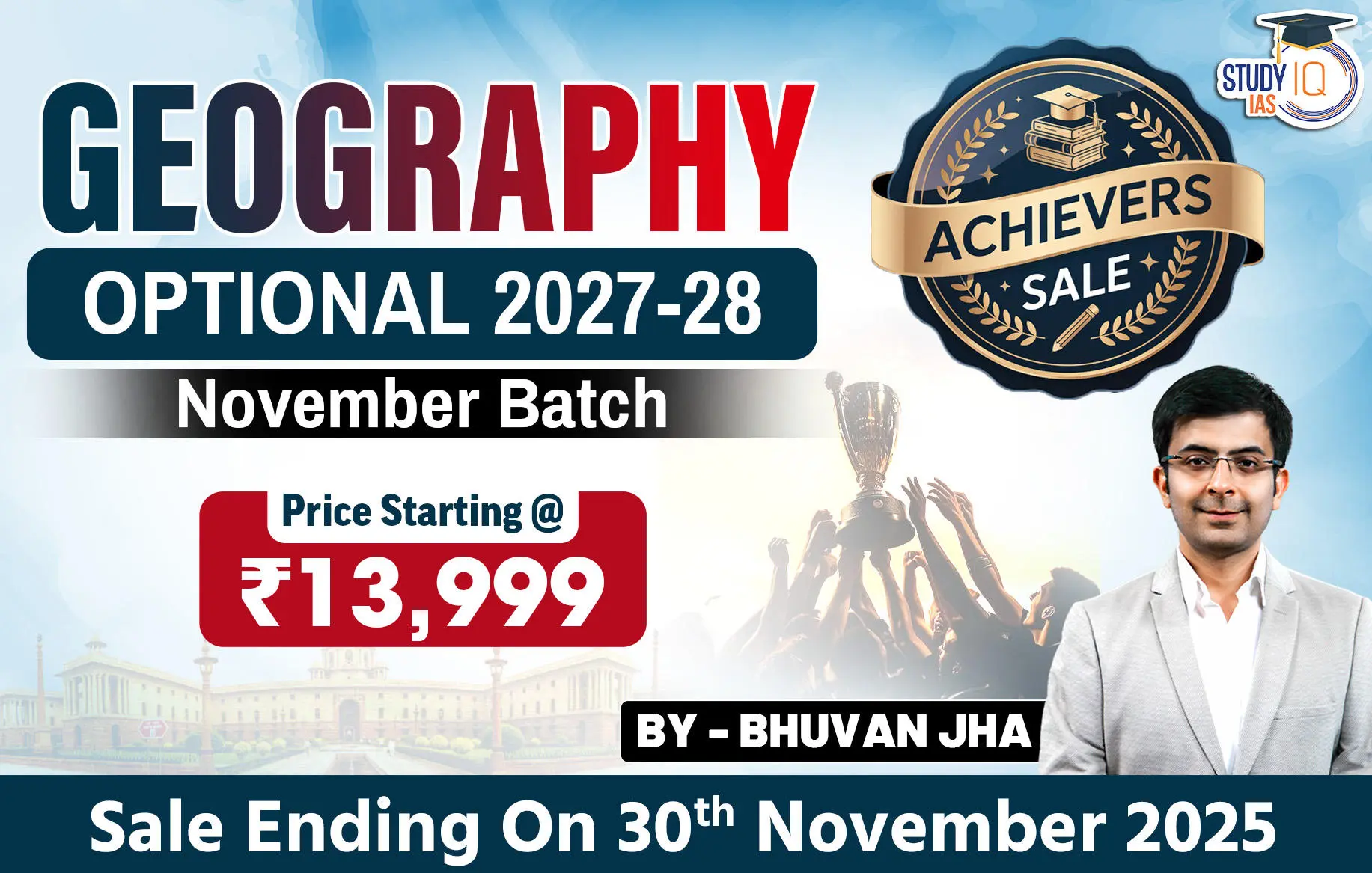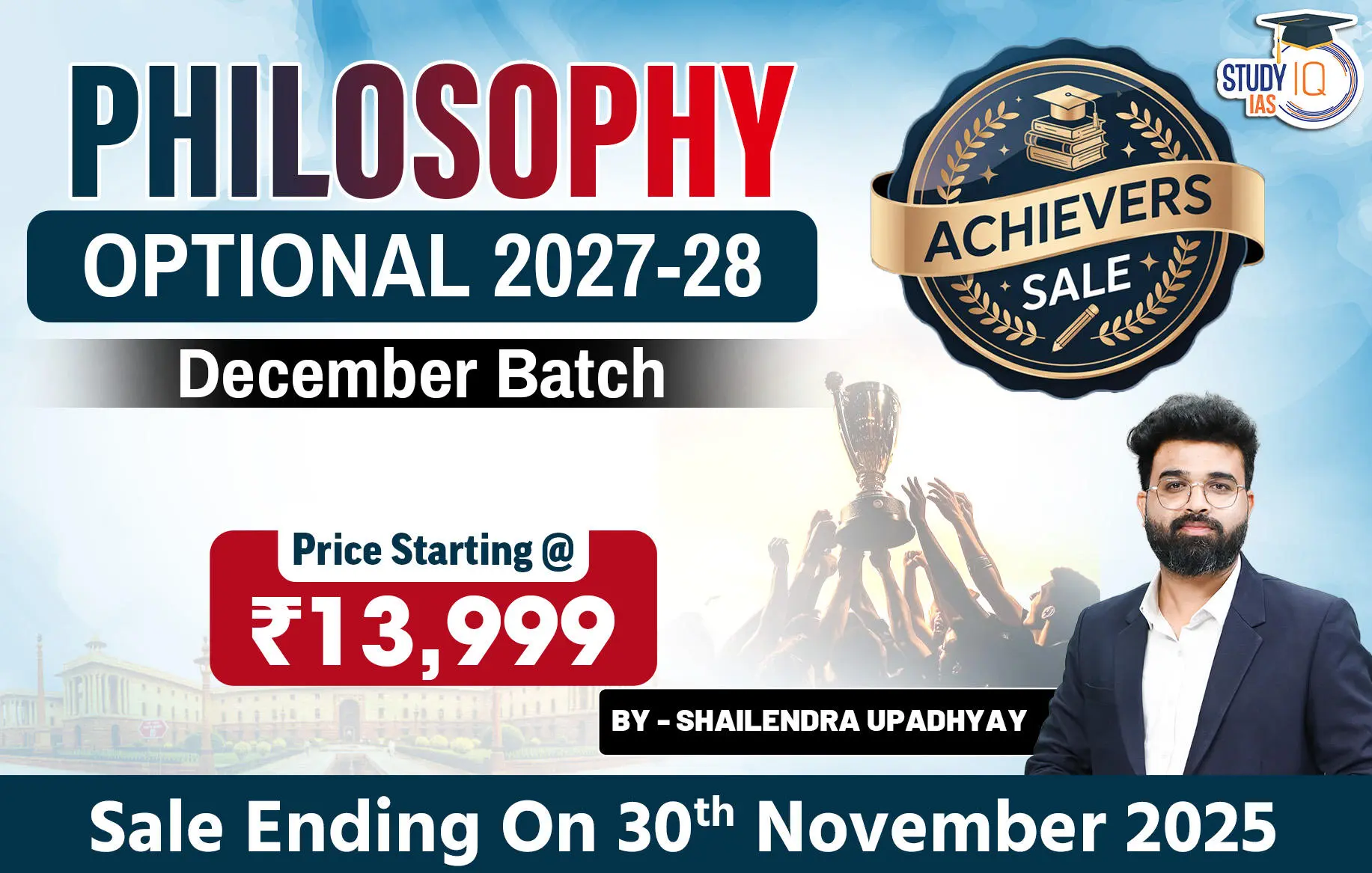Table of Contents
The supreme art of war is to subdue the enemy without fighting UPSC Essay
The quote “The supreme art of war is to subdue the enemy without fighting” originates from Sun Tzu’s The Art of War (5th century BCE). It emphasizes achieving victory through strategy, wisdom, and diplomacy rather than violence, a principle relevant not only to warfare but also to politics, business, and leadership.
Anecdotes
- Mahatma Gandhi’s Non-Violence (Ahimsa & Satyagraha) – India’s independence struggle showed that moral pressure, mass mobilization, and non-violent resistance could subdue colonial power without armed conflict.
- Chanakya and Chandragupta Maurya – Chanakya used diplomacy, alliances, and psychological tactics to weaken the Nanda dynasty, paving the way for Chandragupta’s rise without large-scale wars.
- Cuban Missile Crisis (1962) – The U.S. and USSR avoided nuclear war through backchannel diplomacy; Kennedy and Khrushchev demonstrated how restraint and negotiation could achieve strategic victory without fighting.
- Cold War (1947–1991) – The U.S. “defeated” the Soviet Union not through direct war, but by economic endurance, ideological influence, and technological superiority, leading to the USSR’s collapse without a battlefield clash.
- Nelson Mandela and Apartheid – Mandela’s reconciliatory approach helped dismantle apartheid in South Africa, preventing a civil war and achieving justice through negotiation and forgiveness.
Introduction
The ancient Chinese military strategist Sun Tzu famously declared, “The supreme art of war is to subdue the enemy without fighting.” This profound statement from The Art of War, written over two thousand years ago, encapsulates a timeless principle of strategy and wisdom. Sun Tzu’s idea challenges conventional notions of warfare: true power lies not in destruction but in shaping choices so that battle itself becomes redundant. This principle remains as relevant in boardrooms and parliaments as on battlefields.
From the Buddha’s teaching that ‘hatred is not conquered by hatred, but by love,’ to Plato’s belief in the power of wisdom over brute force, civilizations have long recognized that the mind is the true battlefield.
Body
Subduing without Fighting is the Supreme Art
- Historical & Military Strategy:
-
-
- History shows that conquests of the mind and will outlast conquests of territory. Ashoka’s post-Kalinga embrace of Dhamma, Kennedy’s restraint in the Cuban Missile Crisis, and the Cold War deterrence model all prove that sustainable victories emerge not from annihilation, but from restraining violence and redefining the battleground.
-
- Politics & Diplomacy: Non-violent approaches can subdue opponents ethically and sustainably.
- Gandhi’s Satyagraha: Mobilized moral authority against colonial Britain, leading to independence without armed conflict.
- Nelson Mandela: Reconciled with oppressors to end apartheid peacefully.
- India–Bhutan Relations: Security and cooperation are maintained via diplomacy, economic aid, and cultural ties rather than force.
- Economic & Technological Domain:
- China’s Belt and Road Initiative (BRI): By creating debt and dependence, China subdues states economically without military war.
- U.S. Sanctions on Iran and Russia: Economic tools weaken adversaries without open conflict.
- AI & Cyberwarfare: Today, crippling an enemy’s power grid or stealing defense secrets online can achieve victory without firing a bullet.
- Management & Leadership: A wise leader prevents conflict within organizations by negotiation and consensus-building.
- Satya Nadella in Microsoft: Instead of competing head-on with rivals like Apple or Google, he repositioned Microsoft around cloud services, changing the battleground itself.
- Japanese Kaizen management: Focuses on process improvement rather than confrontation, ensuring competition is subdued indirectly.
- Personal & Ethical Life: In families or relationships, the highest wisdom is to resolve disputes with dialogue, not violence.
- Buddha’s approach: He subdued hostility by compassion, converting even violent kings and robbers through wisdom.
- In personal growth, self-mastery is the greatest conquest — “He who conquers himself is greater than he who conquers a thousand in battle” (Dhammapada).
Counter-Arguments (Challenges to the Ideals)
- Violent Non-State Actors & Hybrid Warfare: Groups like Islamic State (IS) use drones, propaganda, and decentralized cells to destabilize regions (Syria, Sahel), making peaceful subduing nearly impossible.
- AI-Powered Cyber Threats: Autonomous digital weapons and AI-driven cyberattacks target defense systems, critical infrastructure, and supply chains, reducing the efficacy of diplomacy.
- Resource & Climate-Driven Conflicts: Competition over minerals (cobalt, rare earths) and climate-induced scarcity can trigger unavoidable confrontations. China’s control over strategic resources exemplifies this.
- Weakening State-Led Diplomacy: Transnational challenges like terrorism, migration, and climate change often exceed traditional diplomacy. Track II solutions and civil society interventions lack enforcement power.
- Geopolitical Rivalries & Resource Diplomacy: Strategic deals tied to resources, like the U.S.-brokered Congo peace pledge, and persistent instability in Sudan show that diplomacy alone may be fragile.
Balancing Both Views
- The art lies not in rejecting fighting absolutely, but in preferring subduing through wisdom first, and fighting only as the last resort.
- Peaceful means ensure sustainable outcomes, while violent victories often breed resentment and future conflict.
- Thus, the highest victory is mental, moral, and political subjugation of the enemy’s will, not their physical destruction.
Conclusion
- Sun Tzu’s maxim is not an argument for passivity but for strategic foresight. Wars may sometimes be inevitable, but true greatness lies in achieving objectives without needless destruction.
- Whether in global diplomacy, national policy, corporate competition, or personal life, the greatest victory is not over the enemy’s body, but over the enemy’s mind.
- As former UN Secretary-General Dag Hammarskjöld put it: “The pursuit of peace and progress cannot end and must not end.” The supreme art of war, therefore, lies in transforming potential battlefields into grounds of cooperation.

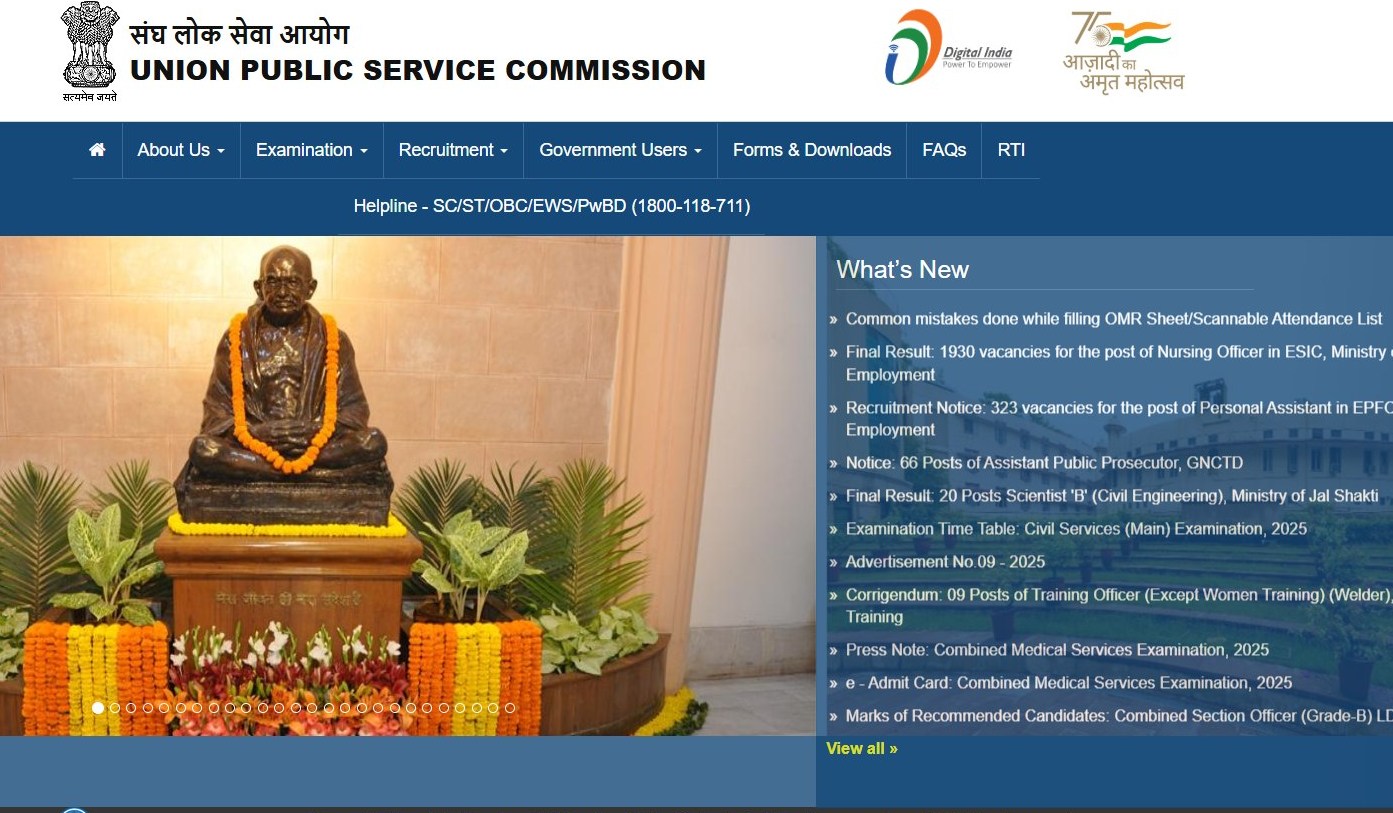
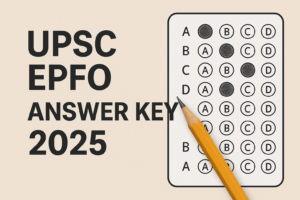 UPSC EPFO Answer Key 2025 Out (Unofficia...
UPSC EPFO Answer Key 2025 Out (Unofficia...
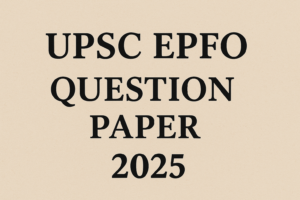 UPSC EPFO Question Paper 2025 PDF Downlo...
UPSC EPFO Question Paper 2025 PDF Downlo...
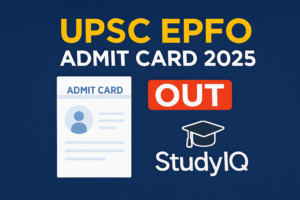 UPSC EPFO Admit Card 2025 Out @ upsc.gov...
UPSC EPFO Admit Card 2025 Out @ upsc.gov...



